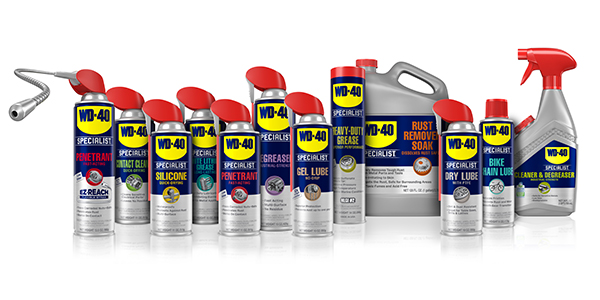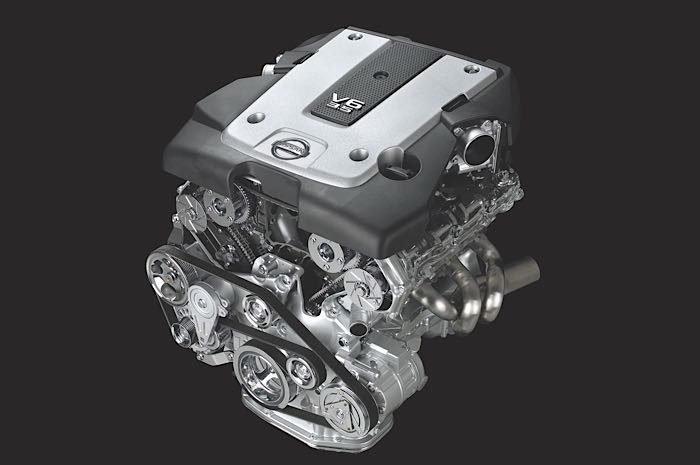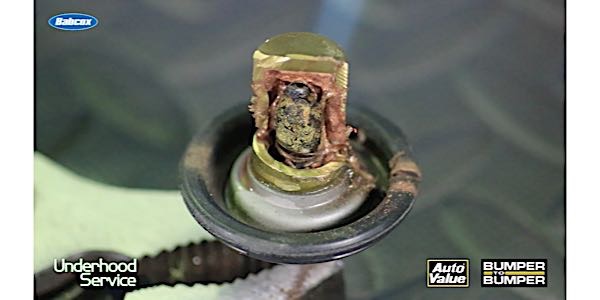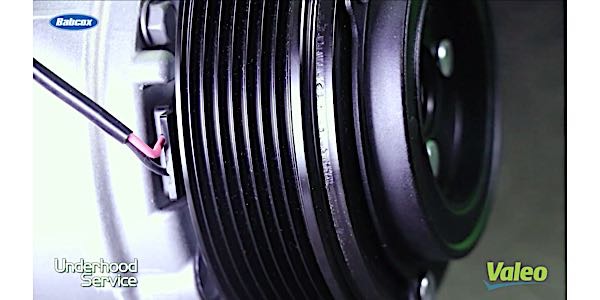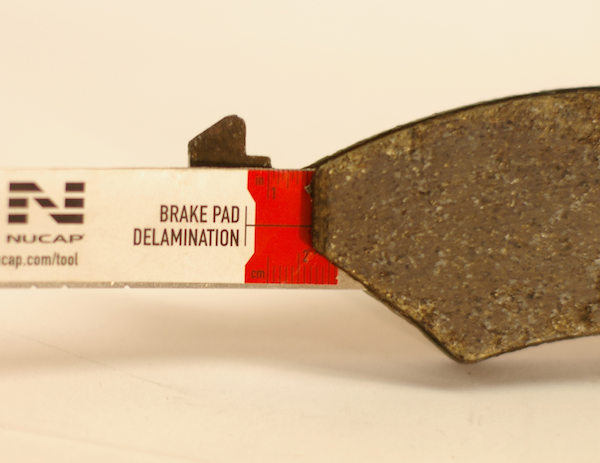
Every technician knows it’s impossible to estimate how long a set of brake pads will last. But, due to changing ownership cycles, your customers are developing new expectations.
According to R.L. Polk, the typical consumer held onto a vehicle for 57 months in 2012. This is up from 38 months in 2002. So, if a customer drives 15,000 miles a year, the customer will accumulate 23,000 more miles before they trade it in. These extra miles could mean an extra front brake job. These repair incidents create points of reference that form certain customer expectations that were not there just a decade ago.
But, in some cases, reality may not meet customer expectations. Why? Each time the brakes are serviced, the pads could be compromised by the previous brake jobs that did not restore the brakes to like-new condition.
The brake hardware might not have been replaced during the first brake job. Halfway through the customer-expected life of the pads, the abutment clips may have corroded and lost their spring. The guide pins could have been neglected on the next brake job. Now, the pads wear really unevenly and the customer will notice that mileage between pad changes has significantly dropped. Performing a complete brake job will break the cycle.
A normal customer-expected wear interval cannot be achieved if a low-quality brake pad set is used. One area that is consistently compromised is the quality of the backing plate and how it retains the friction material during the life of the brake job.
Keeping a friction material attached to a piece of metal under more than 1,400 psi and shearing forces is not something to take for granted when selecting a replacement brake pad. If the attachment method and implementation is substandard, it can result in noise and, eventually, failure of the pad before it’s worn.
This is called edge lift or delamination. It’s caused by failure of the attachment method and can be hastened by corrosion. The first symptom of the failure is noise. The noise is a result of the separation, causing irregularities in the braking surface and the pad now having completely different NVH properties.
Some manufacturers are using mechanical attachment methods that can prevent delamination in a brake pad. The technology allows brake pads to be run down to the last few millimeters of friction material. The bond can be resistant to shear loads, corrosion and heat. This makes for a pad that can meet or exceed a customer’s expectations.
In a recent survey of technicians and shops conducted by Brake & Front End magazine, noise was the primary reason why a customer brought their vehicle in to have the brakes inspected. They did not bring it in for a low-priced brake job. Customers are concerned about safety, not a low price. They can see the value in getting more miles out of a complete brake job, over a cheap brake job that has them returning to you sooner than expected.
Toyota FJ Cruiser Water Pump Replacement
Toyota’s original Land Cruiser was the company’s version of a Jeep that could go anywhere. In its time it was highly rated and collected, which led the Japanese juggernaut to bring back an updated SUV in 2007 called the FJ Cruiser. The retro-styled vehicle was again a go anywhere machine powered by a 4.0L V6 (1GR-FE) used in the Tacoma. The engines are durable and considered relatively robust for the time.
Toyota’s original Land Cruiser was the company’s version of a Jeep that could go anywhere. In its time it was highly rated and collected, which led the Japanese juggernaut to bring back an updated SUV in 2007 called the FJ Cruiser. The retro-styled vehicle was again a go anywhere machine powered by a 4.0L V6 (1GR-FE) used in the Tacoma. The engines are durable and considered relatively robust for the time.
Long-Life Coolants Explained
Different types of coolants cover a range of applications from diesel to domestic, Asian and European vehicles. Each one is formulated to a specific manufacturer’s specifications to keep their engines at an optimal temperature. But, changes to the old one-size-fits-all formula has led to confusion for consumers and even some technicians.
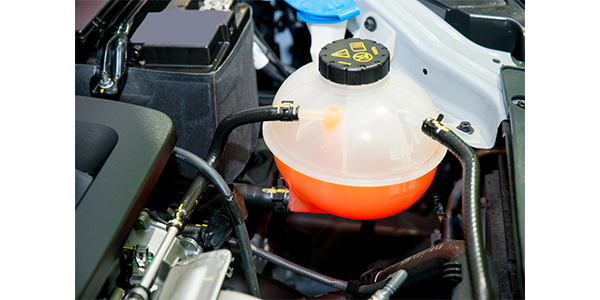
VIDEO: Engine Efficiency Brings More Hoses
Andrew Markel discusses hoses and the necessity for several of them to route fluids to all parts of the vehicle due to the growing efficiency of engines. Sponsored by Dayco.
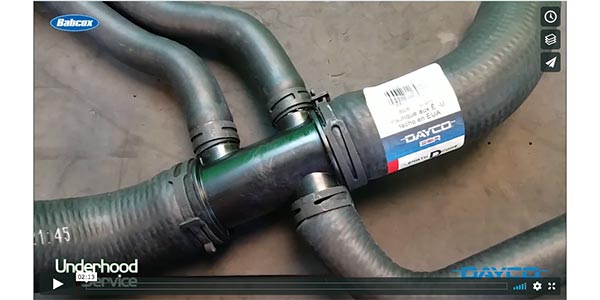
Diagnosing Intelligent Cooling Systems
The majority of cooling systems on the roads react to what is happening inside the combustion chamber. After the engine is stressed, the heat causes the thermostat to open. Increases in temperatures will also cause the cooling fans to come on. The heat carried by the coolant is the trigger for operation of the fans and thermostat.
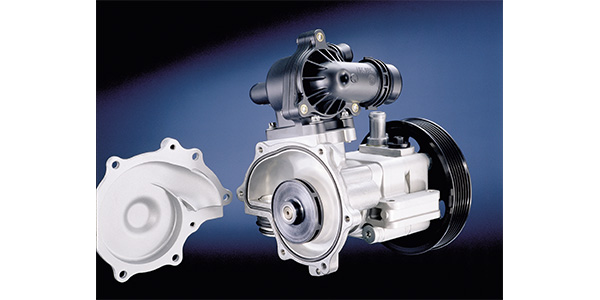
Modern Cooling System Design: It’s Not About Temperature; It’s About Powertrain
Given the advanced state of internal combustion engine technology, some recent cooling system innovations will actually increase engine torque and fuel economy while reducing exhaust emissions. Let me simplify that idea: new cooling system technology will make engines run better and cleaner. So, let’s get on the same page by reviewing some basics.
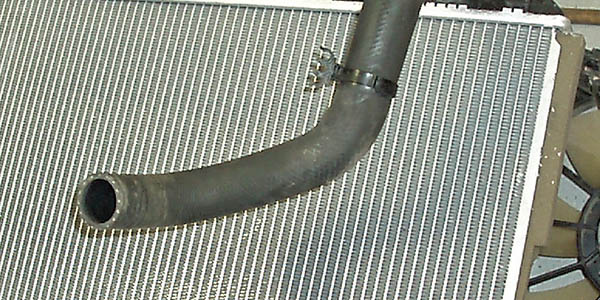
Other Posts
Why Does Engine Coolant Need Replacement?
Two specifications can be used to justify replacement — the condition of the additive package & the freezing point.
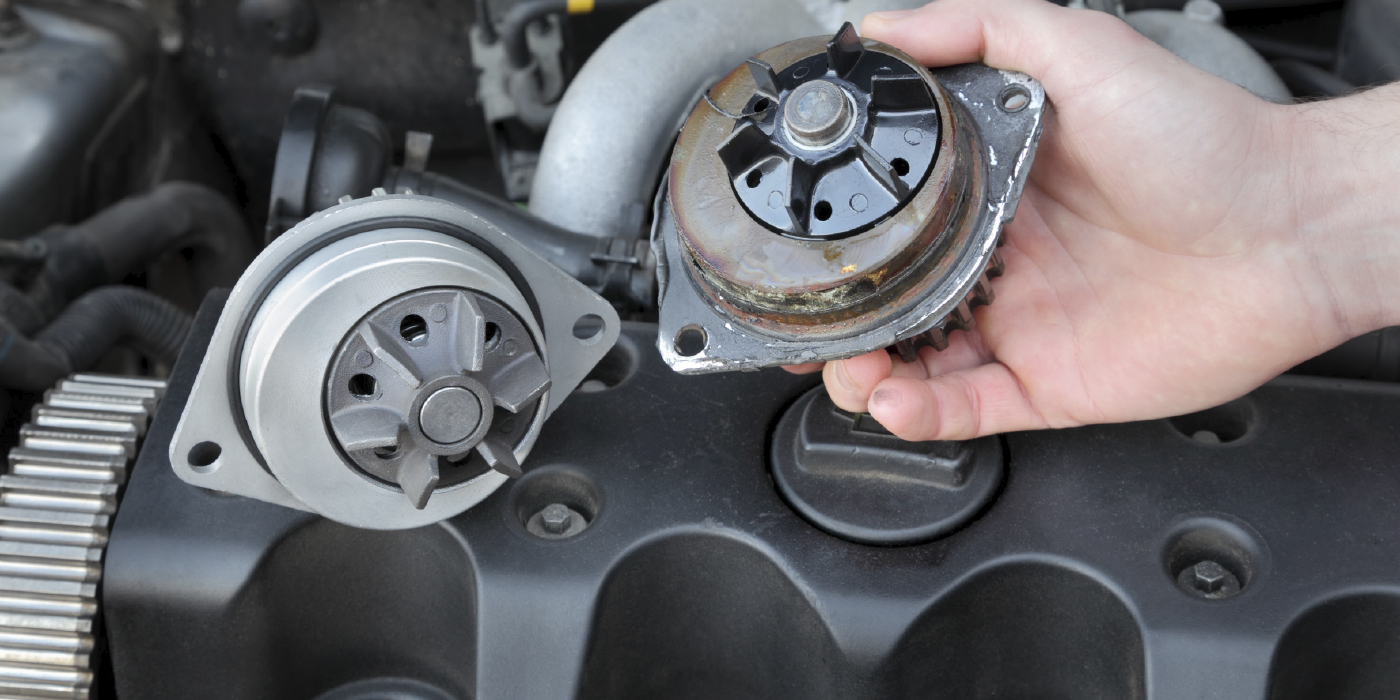
Improving Turbocharger Longevity
It is estimated that by 2022, 50% or more of vehicles sold in the U.S. will have one or more turbochargers under the hood.
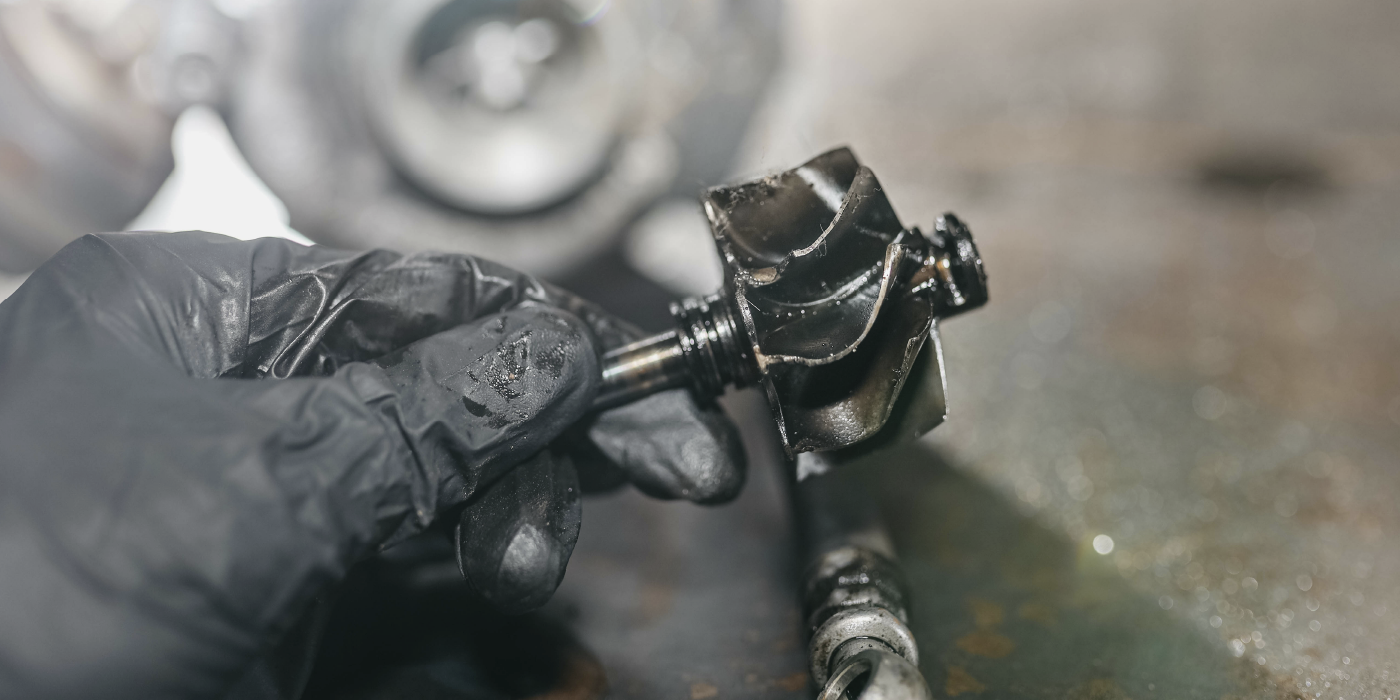
Engine Cooling System: Hose Inspection and Replacement
One bad hose can cause an engine malfunction. This video is sponsored by Continental.
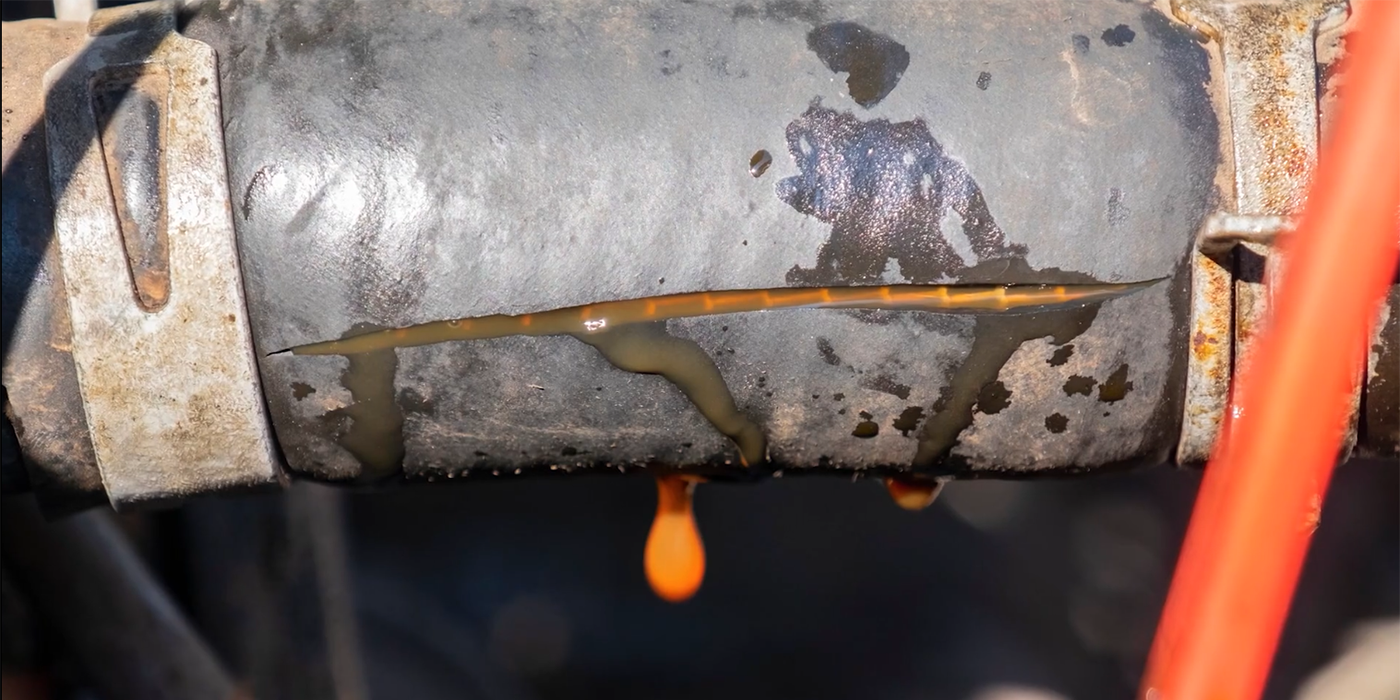
Spray Now or Pay Later
Time measures the profitability of both a shop and technician, and experience is the best tool for profitability and productivity. The more you work on cars and trucks for a living, the more realize that some things might cost you pennies, but not using it can cost you dollars—this is certainly the case with WD-40
